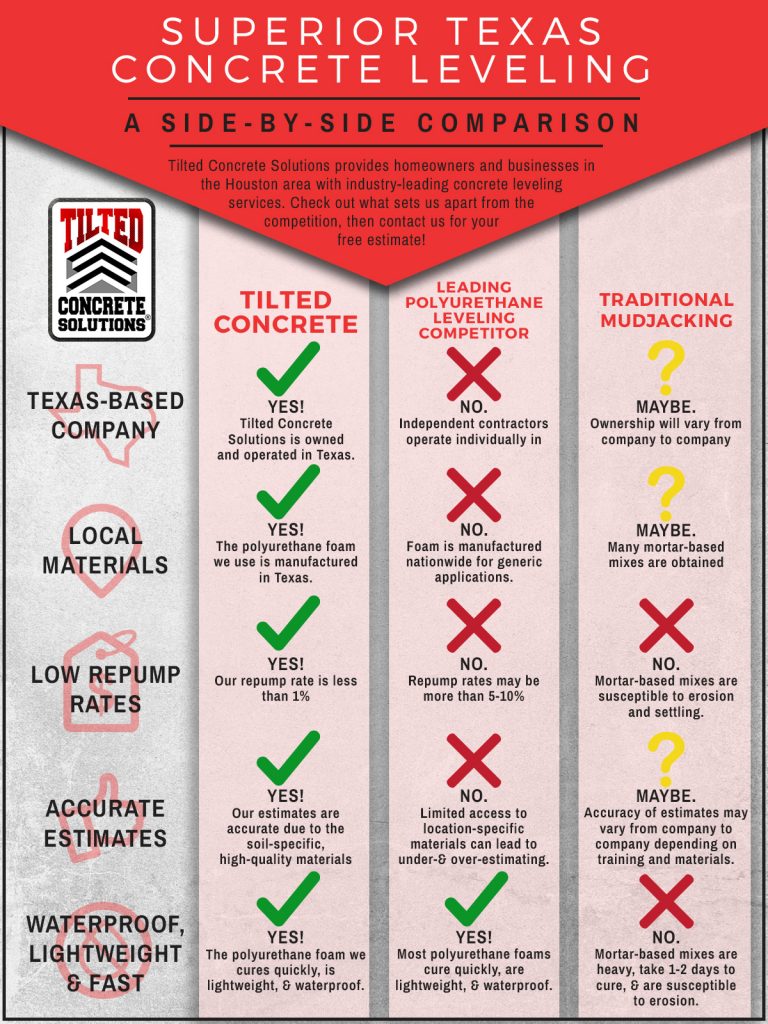Systematic Guide To Setting Up Your Wall Surfaces For Painting
Systematic Guide To Setting Up Your Wall Surfaces For Painting
Blog Article
Short Article By-Lyhne Pacheco
When you're prepping your wall surfaces for painting, it's essential to comply with a methodical procedure to make sure a perfect finish. Start by analyzing the wall surface for any damage; this action can make or damage your project. As soon as you've identified any kind of issues, cleaning the surface effectively is vital, as a dirty wall surface can impact paint adhesion. Afterwards, you'll need to patch any type of blemishes and apply a guide. However there are specific methods and tips that can raise your prep work game-- allow's discover those further to attain the very best results.
Assessing Wall Problem
Prior to you order your paintbrush, take a moment to analyze your walls' condition. Look for visit the next web page of noticeable damage like splits, holes, or peeling off paint. These blemishes can affect exactly how the paint sticks and looks as soon as it's dry. If you see any considerable damages, you'll need to focus on repairs before diving into paint.
Look carefully at the structure of your wall surfaces. Is the surface smooth, or is there texture that might need special factor to consider? Smooth walls usually need less prep, while distinctive surfaces might require even more time to paint uniformly.
Likewise, think about the previous paint job. If the old paint is glossy, it mightn't permit brand-new paint to stick properly. browse around this web-site 'll need to know if your wall surfaces have actually been repainted with oil-based or water-based paint, as this can influence your choice of guide or paint.
Ultimately, remember of any type of moisture problems. If residential painter portland maine see indicators of water damage or mold, address these issues quickly to stop more problems.
Cleaning the Surface area
As soon as you have actually analyzed the condition of your wall surfaces, the following step is cleansing the surface area. Start by collecting your supplies: a container, warm water, a light detergent, a sponge or cloth, and a scrub brush for tougher areas.
Begin on top edge of the wall surface and function your way down. Mix the cleaning agent with warm water in your bucket, then dip the sponge or fabric into the service. Wring it out to stay clear of too much wetness on the walls.
As you cleanse, pay very close attention to areas that could've built up dirt, grease, or fingerprints. For persistent spots, utilize the scrub brush carefully to avoid harming the paint beneath. Wash your sponge or fabric regularly in clean water to avoid spreading out dirt around.
After cleansing, it's essential to clean the walls with a wet fabric to eliminate any soap residue. This step makes certain a smooth surface area for the new paint to abide by.
Allow the wall surfaces to dry completely prior to going on to the next prep work steps. This comprehensive cleaning process will assist create a fresh canvas for your painting job, making sure the best results.
Patching and Priming
Patching and priming are vital steps in preparing your walls for a fresh coat of paint. First, inspect your wall surfaces for any openings, fractures, or imperfections. Use a high-grade spackling substance or patching paste to fill up these areas.
Apply https://local-painters-near-me76532.dailyhitblog.com/38698331/refresh-your-home-s-facade-with-outstanding-painting-proficiency with a putty knife, smoothing it out so it's flush with the bordering surface area. Permit it to completely dry entirely, and after that sand it gently until it's smooth and even.
When you have actually patched everything, it's time to prime. Primer aids secure the patched areas, guaranteeing the paint sticks properly and gives an uniform surface. Select a primer ideal for your wall kind and the paint you'll be utilizing.
Use the primer using a roller for bigger locations and a brush for corners and sides. If your patched locations are dramatically large or permeable, you could want to use a 2nd layer of primer after the first one dries.
After priming, let every little thing completely dry extensively prior to going on to painting. This prep work will not just boost the look of your walls but additionally lengthen the life of your paint job.
Take your time, and you'll be pleased with the outcomes.
Final thought
By complying with these simple steps, you can achieve a smooth and professional surface on your wall surfaces. Start by evaluating their condition, then tidy and spot any blemishes prior to using primer. Keep in mind to allow adequate drying out time and make certain every little thing is smooth before you dive into paint. With the right preparation, you'll set the stage for an attractive makeover in your room. Currently, gather your products, breathe in the fresh air, and prepare yourself to paint!
